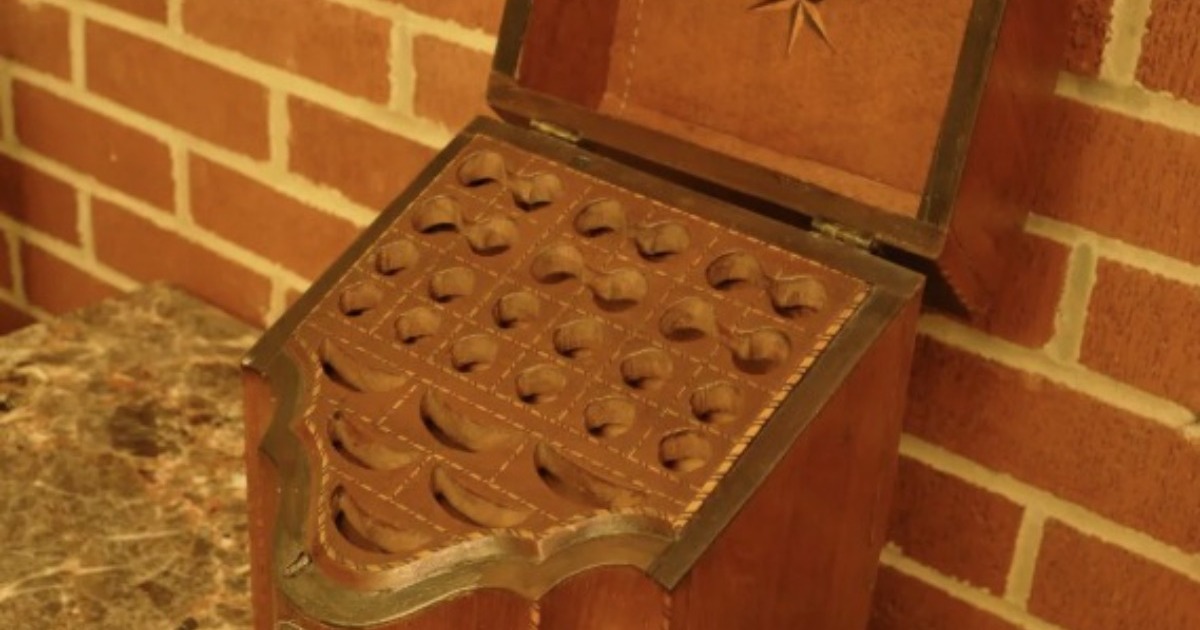Do you remember the pretty table your family saved for holidays? It was set with the best china, the silver next to snowy white linen napkins, the dishes from the kitchen which were esteemed such a treat. Those meals were the epitome of joy and tradition, stories that have been re-told for decades. For so many of us, the rituals at the dining table were about more than food. They were about memory and tradition. And there, in the middle of it, was perfectly organized polished silverware tucked into knife boxes made out of tasteful wood.
Eating wasn’t simply good back then — I mean, it was, but they also loved their knives. In an 18th-century Georgian house, the dining room was not just a place to eat. It presented wealth and style. Pride of place on a sideboard or table: an exquisitely crafted knife box, often done in mahogany, walnut or flame maple. It carried expensive cutlery and reflected the family’s taste as clearly as the food served upon it.
The knife boxes were not just mere storage boxes for the knives. It was intended to securely and stylishly contain cutlery, with individual compartments for knives of varying lengths and widths. The interior of the box was sometimes adorned with similarly fine marquetry, or upholstered in velvet. While the exterior was lacquered to a high shine and might also feature such details as the compass star or other motifs. Every knife box was a story of the art of knife making. The perfect symbol of status and the well-dressed table.
But it was not only the appearance that mattered. But knife boxes served a practical purpose as well. In the absence of SS, silver plate cutlery had to be protected against tarnish and rust. This knife box saved the valuable utensils so that every breakfast would be started with knives as sharp as the discussions.
